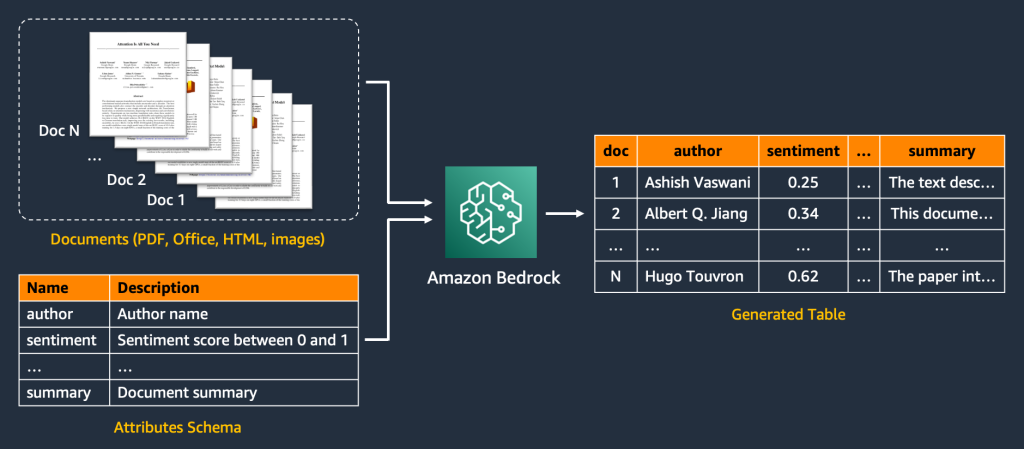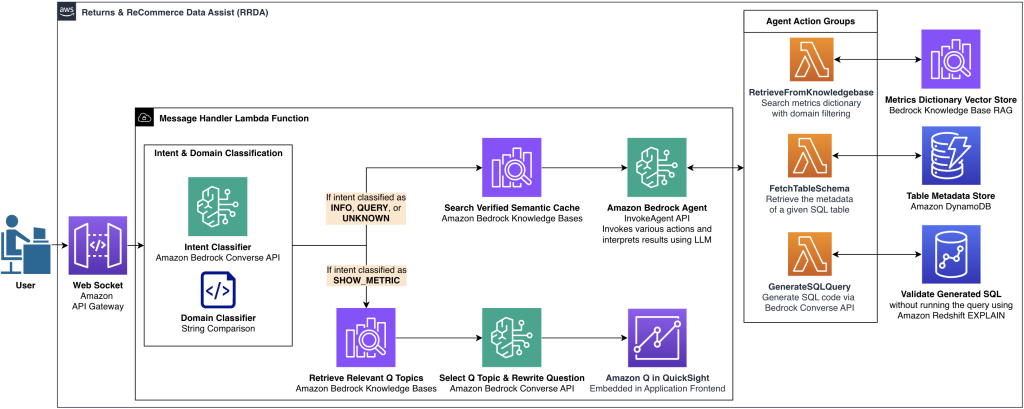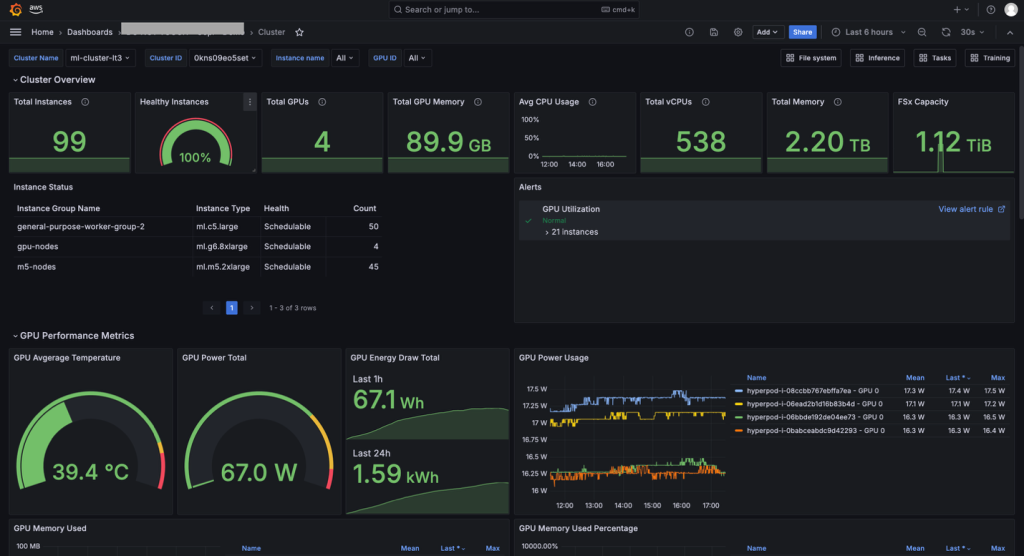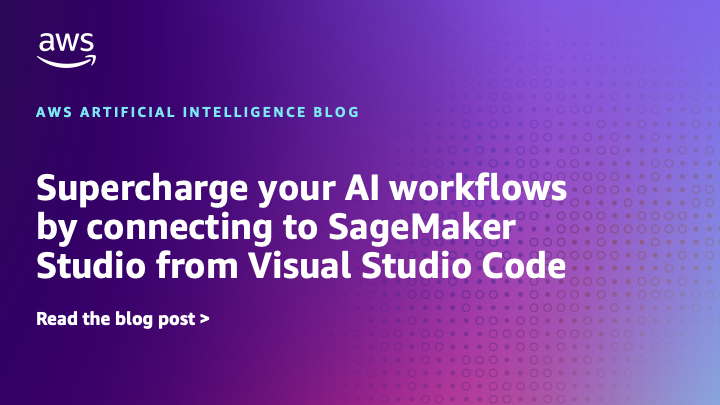Artificial Intelligence
Category: Learning Levels
Build AI-driven policy creation for vehicle data collection and automation using Amazon Bedrock
Sonatus partnered with the AWS Generative AI Innovation Center to develop a natural language interface to generate data collection and automation policies using generative AI. This innovation aims to reduce the policy generation process from days to minutes while making it accessible to both engineers and non-experts alike. In this post, we explore how we built this system using Sonatus’s Collector AI and Amazon Bedrock. We discuss the background, challenges, and high-level solution architecture.
Intelligent document processing at scale with generative AI and Amazon Bedrock Data Automation
This post presents an end-to-end IDP application powered by Amazon Bedrock Data Automation and other AWS services. It provides a reusable AWS infrastructure as code (IaC) that deploys an IDP pipeline and provides an intuitive UI for transforming documents into structured tables at scale. The application only requires the user to provide the input documents (such as contracts or emails) and a list of attributes to be extracted. It then performs IDP with generative AI.
Build a conversational data assistant, Part 2 – Embedding generative business intelligence with Amazon Q in QuickSight
In this post, we dive into how we integrated Amazon Q in QuickSight to transform natural language requests like “Show me how many items were returned in the US over the past 6 months” into meaningful data visualizations. We demonstrate how combining Amazon Bedrock Agents with Amazon Q in QuickSight creates a comprehensive data assistant that delivers both SQL code and visual insights through a single, intuitive conversational interface—democratizing data access across the enterprise.
Build a conversational data assistant, Part 1: Text-to-SQL with Amazon Bedrock Agents
In this post, we focus on building a Text-to-SQL solution with Amazon Bedrock, a managed service for building generative AI applications. Specifically, we demonstrate the capabilities of Amazon Bedrock Agents. Part 2 explains how we extended the solution to provide business insights using Amazon Q in QuickSight, a business intelligence assistant that answers questions with auto-generated visualizations.
Implement user-level access control for multi-tenant ML platforms on Amazon SageMaker AI
In this post, we discuss permission management strategies, focusing on attribute-based access control (ABAC) patterns that enable granular user access control while minimizing the proliferation of AWS Identity and Access Management (IAM) roles. We also share proven best practices that help organizations maintain security and compliance without sacrificing operational efficiency in their ML workflows.
Fraud detection empowered by federated learning with the Flower framework on Amazon SageMaker AI
In this post, we explore how SageMaker and federated learning help financial institutions build scalable, privacy-first fraud detection systems.
Building intelligent AI voice agents with Pipecat and Amazon Bedrock – Part 2
In Part 1 of this series, you learned how you can use the combination of Amazon Bedrock and Pipecat, an open source framework for voice and multimodal conversational AI agents to build applications with human-like conversational AI. You learned about common use cases of voice agents and the cascaded models approach, where you orchestrate several components to build your voice AI agent. In this post (Part 2), you explore how to use speech-to-speech foundation model, Amazon Nova Sonic, and the benefits of using a unified model.
Uphold ethical standards in fashion using multimodal toxicity detection with Amazon Bedrock Guardrails
In the fashion industry, teams are frequently innovating quickly, often utilizing AI. Sharing content, whether it be through videos, designs, or otherwise, can lead to content moderation challenges. There remains a risk (through intentional or unintentional actions) of inappropriate, offensive, or toxic content being produced and shared. In this post, we cover the use of the multimodal toxicity detection feature of Amazon Bedrock Guardrails to guard against toxic content. Whether you’re an enterprise giant in the fashion industry or an up-and-coming brand, you can use this solution to screen potentially harmful content before it impacts your brand’s reputation and ethical standards. For the purposes of this post, ethical standards refer to toxic, disrespectful, or harmful content and images that could be created by fashion designers.
Accelerate foundation model development with one-click observability in Amazon SageMaker HyperPod
With a one-click installation of the Amazon Elastic Kubernetes Service (Amazon EKS) add-on for SageMaker HyperPod observability, you can consolidate health and performance data from NVIDIA DCGM, instance-level Kubernetes node exporters, Elastic Fabric Adapter (EFA), integrated file systems, Kubernetes APIs, Kueue, and SageMaker HyperPod task operators. In this post, we walk you through installing and using the unified dashboards of the out-of-the-box observability feature in SageMaker HyperPod. We cover the one-click installation from the Amazon SageMaker AI console, navigating the dashboard and metrics it consolidates, and advanced topics such as setting up custom alerts.
Supercharge your AI workflows by connecting to SageMaker Studio from Visual Studio Code
AI developers and machine learning (ML) engineers can now use the capabilities of Amazon SageMaker Studio directly from their local Visual Studio Code (VS Code). With this capability, you can use your customized local VS Code setup, including AI-assisted development tools, custom extensions, and debugging tools while accessing compute resources and your data in SageMaker Studio. In this post, we show you how to remotely connect your local VS Code to SageMaker Studio development environments to use your customized development environment while accessing Amazon SageMaker AI compute resources.









